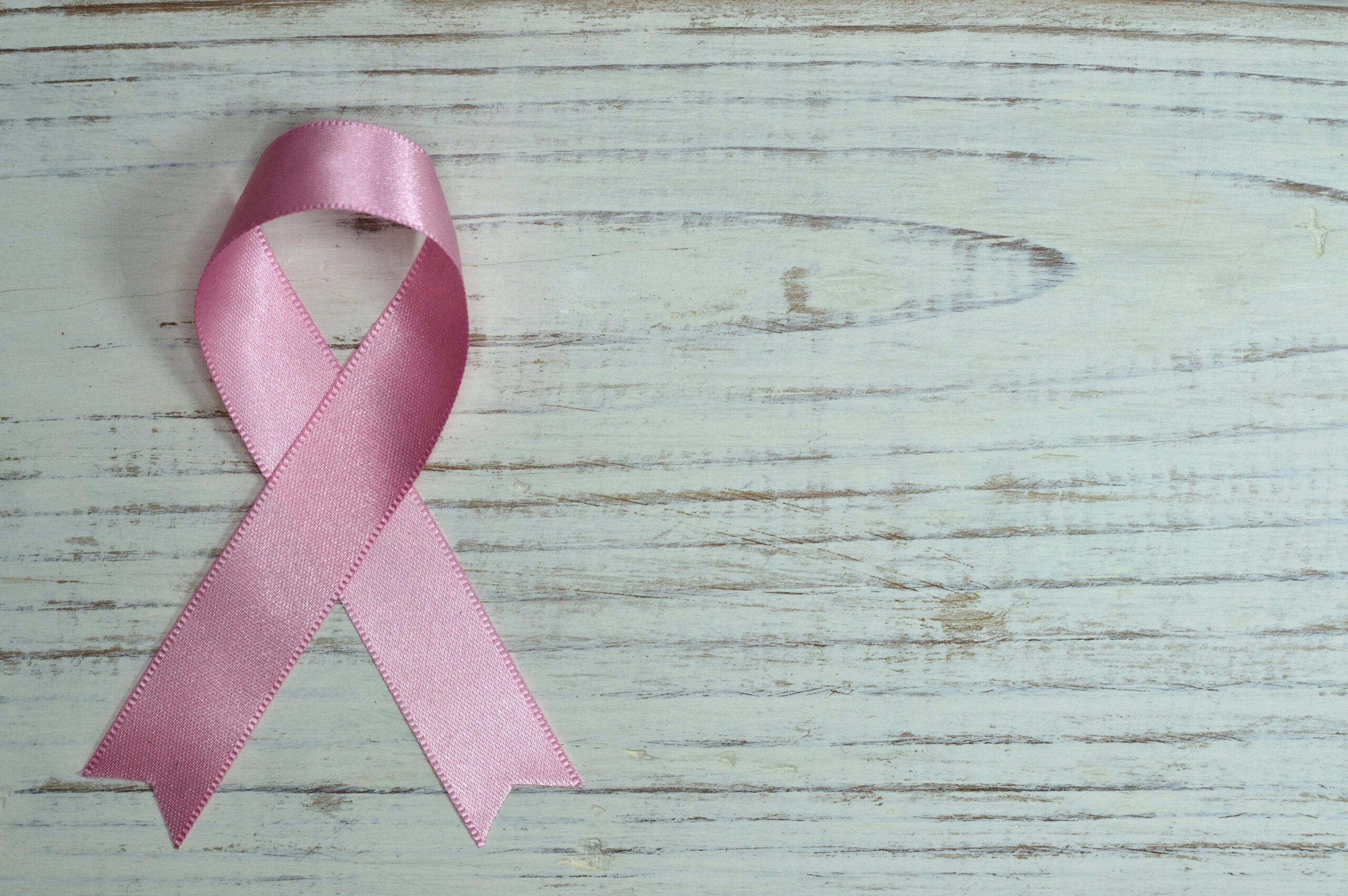Cancer Cases Rising in Females
Over the past few decades, cancer cases have been known to be on a rise worldwide, yet whereas rates in males continue to decrease, those in females continue to sky-rocket. It is a trend that requires serious attention and action for us who value our health and lives.
The Shifting Landscape of Cancer
Recent studies in cancer trends depict a divergence within genders. Thus, while incidences of this disease are still on the way down for males, they go up for women. This seems to raise further questions about its causes and what actions we can perform to protect our health.
Emphasis on Breast Cancer
Among all cancers in women, breast cancer is the most prevalent. It is the most common cancer diagnosed among women, and the incidence rates continue rising worldwide. But the good news is that if caught early and prevent early, there is much more to be done regarding outcomes.
Understanding the Risk Factors of Breast Cancer
To effectively reduce our cancer risk, it’s crucial to understand what factors contribute to its development. Some key risk factors for women include:
- Age (risk increases as we get older)
- Family history of cancer
- Hormonal factors (e.g., early menstruation, late menopause)
- Lifestyle choices (diet, exercise, alcohol consumption)
- Environmental exposures
Prevention Strategies of Breast Cancer
Let’s now concentrate on ways we may manage our health and lower our chance of developing cancer:
- Regular Screenings: Early detection is key. Schedule regular mammograms and other recommended cancer screenings.
- Maintain a Healthy Weight: Being overweight raises your chances of developing cancer. A balanced diet and consistent exercise are your goals.
- Limit Alcohol Consumption: If you do drink, do it sparingly. Alcohol use, even in little doses, can raise the risk of breast cancer.
- Stay Active: Engaging in regular exercise might help reduce your risk. Aim for 75 minutes of strenuous activity or at least 150 minutes of moderate exercise per week.
- Eat a Nutrient-Rich Diet: Consume a diet high in nutrients, emphasizing lean proteins, whole grains, fruits, and vegetables. Limit processed foods and red meat.
- Avoid Tobacco: If you smoke, quitting is one of the best things you can do for your health.
- Protect Your Skin: Use sunscreen and avoid excessive sun exposure to reduce skin cancer risk.
- Manage Stress: Your immune system may be weakened by ongoing stress. Use stress-reduction methods such as yoga or meditation.
- Know Your Family History: You and your doctor can make more educated decisions regarding screening and prevention if you are aware of your hereditary risk.
- Limit Hormone Therapy: Talk to your doctor about the advantages and disadvantages of hormone replacement treatment.
Take Action Today
Remember, knowledge is power, but action is key. The following actions can be taken immediately:
- Schedule your next health check-up and cancer screening.
- Start a health journal to track your diet, exercise, and overall well-being.
- Research and join a local support group or community focused on women’s health.
Conclusion:
Empowering Women to Take Charge of Their Health
A wake-up call is always an increase in rates. It should not only frighten the woman but also create a stir. The numbers and statistics can appear intimidating, yet they speak well about the significance of prevention and detection at early stages. Knowledge about risk factors, healthier lifestyle options, and the necessity of periodic check-ups would significantly reduce cancer among women.
The journey to better health starts with small, consistent actions: whether it’s scheduling a check-up, improving dietary habits, or staying physically active. Remember, knowledge is power, but action transforms lives. Let’s commit to making health a priority and inspire others to do the same. Together, we can confront this challenge and work toward a healthier future for women everywhere.




